I went to ‘Manet and Modern Beauty’ several times; it takes a while to absorb the implications of the unusual body of work it presents. In Chicago, we have been able to spend the summer with internationally renowned paintings such as Boating (1874–75) and In the Conservatory (c. 1877–79), and our own Woman Reading (c. 1880–81). The exhibition also includes a room of beautiful, rarely displayed private letters containing little watercolour sketches; there are pastel portraits and oil sketches from private collections (more than a quarter of the works in the show are in private hands); and, a final glory, the last still lifes in a perfect grey room. The show sets many aims for itself, some of which seem more persuasive to me than others, and it makes a significant contribution to the evolution in the understanding of Impressionism that is underway – an evolution in which women artists take up a more central place, accomplishments and preoccupations are understood to be shared, not singular, and subjects previously dismissed as decorative or trivial are taken seriously.
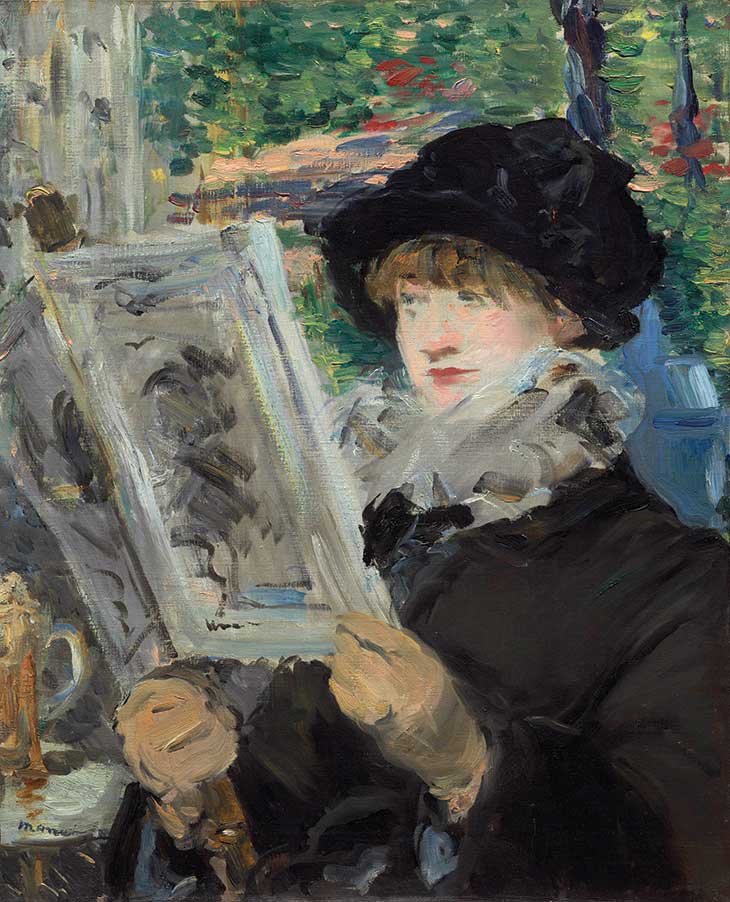
Woman Reading (c. 1880–81), Photo: The Art Institute of Chicago/Art Resource, NY
Édouard Manet was only 51 when he died. He was two years older than Whistler, four years older than Fantin-Latour, seven years older than Cézanne, nine years older than Morisot, and two years younger than Pissarro; all but he and Morisot would live into the 20th century. One part of the usual story about Manet, which seems obviously true, is that – after the revolutionary paintings, modern and surprising nudes such as Le Déjeuner sur l’herbe and Olympia (both completed in 1863) – Manet learned a great deal from his Impressionist colleagues (although he didn’t take part in the Impressionist exhibitions) and, in the 1870s, was working through their discoveries about light and handling of paint. Still, just how profoundly Manet’s work was transforming under the influence of Monet, Degas, and Morisot has tended to get lost or misinterpreted. Instead, the stark, radical, opaque paintings have been regarded as the ‘true’ Manet, with modernist art critics such as Douglas Cooper finding a lot of the late work ‘weak and flashy’, and dismissing the brighter, freer work as ‘a charming diversion’: too womanly and too pretty.
The curators have taken risks. I enjoyed the helpful and unusual timeline of pictures at the outset; was quite frustrated by a video of the curators talking that dominates the first three galleries; appreciated the room midway through, set up to evoke a café and a garden, for which windows that are normally covered have been cleared so that one can see out into the actual park; and I returned again and again to the room of still lifes. In this last gallery, everyone seemed to slow down to stay with the extraordinary vases with their tangled stems, the effusions of lilacs, the delicate greenish plums.
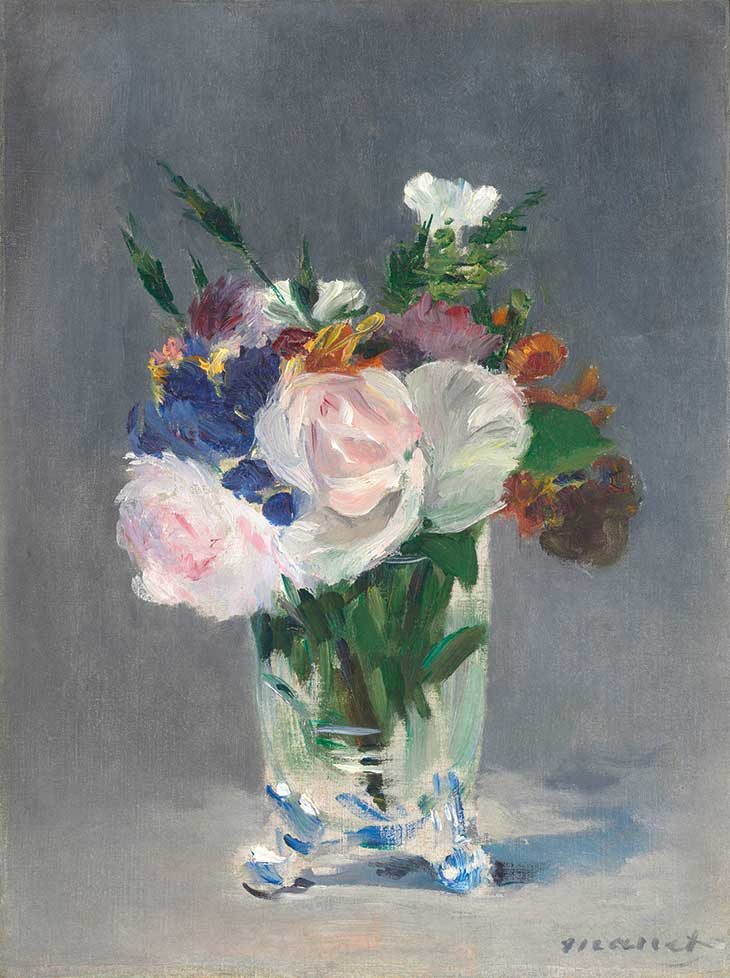
Flowers in a Crystal Vase (c. 1882), National Gallery of Art, Washington, D.C.
The exhibition focuses quite intently on Jeanne (Spring) (1881), an important late painting, and a recent acquisition by the J. Paul Getty Museum (where the show travels in October) that represents certain stylised tendencies o f late Manet overlooked by critics, who have preferred to pore over A Bar at the Folies-Bergère (1882); the two paintings were exhibited together at the final Salon in which Manet participated. The show’s curators are interested in Manet’s taste, and in Jeanne’s fashionable ensemble, which is striking against the bold green foliage. I found myself more drawn to some of the other portraits of women, where they seem less like objects of attention, and instead the painter considers how the subjectivity of a woman might be reflected in her dress, her surroundings, in the private air of a garden. This in turn made me think about this past year’s revelatory Berthe Morisot show that has, I hope, finally made clear how central a place Morisot occupies (see Apollo, September 2018). Manet greatly admired Morisot’s work, and their two studios were in a constant state of interchange. There are some bravura passages in the exhibition, like a tumbling white scarf over a bench in Portrait of Madame Manet in the Conservatory (c. 1876–79), that are pure Morisot, and it is uplifting to see the freedom of Manet’s facture there, just as it is interesting to see Mme Manet’s air of self-possession in a painting that was private, and not exhibited in the artist’s lifetime.
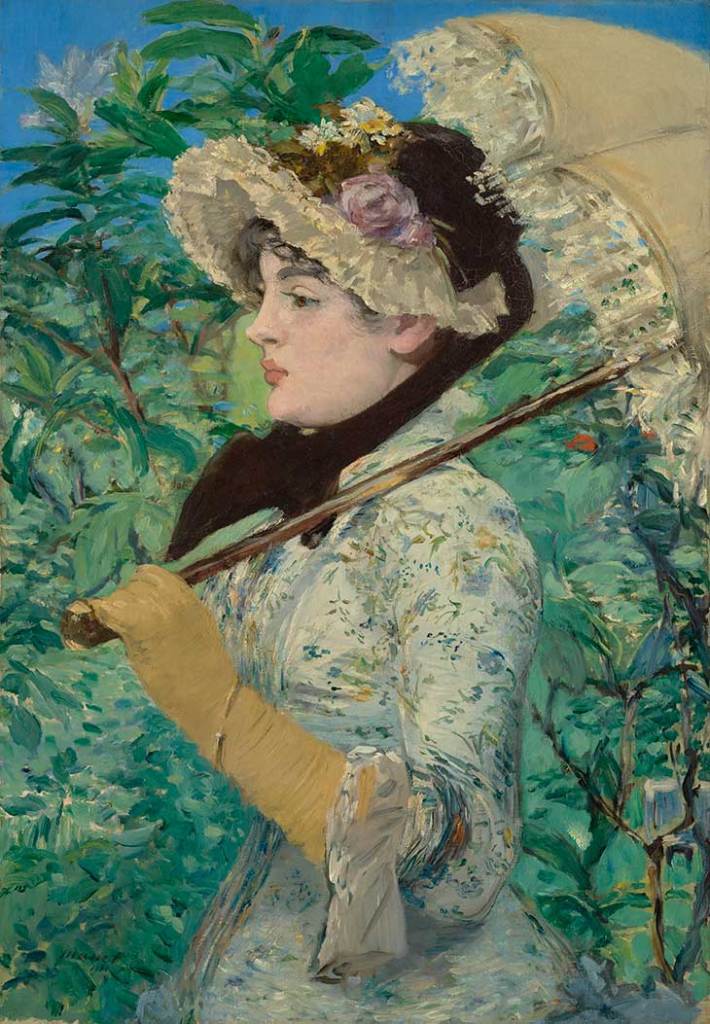
Jeanne (Spring) (1881), Édouard Manet. J. Paul Getty Museum, Los Angeles
In his last few years, Manet was often too ill to paint outdoors and, as Gloria Groom discusses in her catalogue essay, sometimes set up his studio so that his own paintings of gardens became the backdrop for his figures, as, for example, in Woman Reading. These pictures have areas of pattern – a flowered zone that is flat because it is actually a painting of a painting of a garden, then comes a figure, a railing, a table. They seem oddly indoors and outdoors at once and the different areas of decoration assemble into an uneasy kind of whole. It is a little like looking at works by Vuillard or Bonnard or Matisse, in which highly coloured and patterned areas of wallpaper, or a window frame, a rug, pictures on the walls, make a space that is both flat and atmospheric. Sometimes we are so focused on the way in which Cézanne took the picture plane apart, and how this helped the cubists, that we forget the strength of Manet’s influence on Picasso. The bold and strange Boy in Flowers (Jacques Hoschedé) (1876/77) is reminiscent of a Gauguin in the way the boy starts up from among the flat flowers. Seeing the garden paintings in one room helps to resituate Woman Reading as a radical reconciliation of figure and ground. (It was also illuminating to walk a few galleries over to see Morisot’s masterful Woman in a Garden [1882/83], a painting that is in many ways the culmination of the projects Manet was turning over in his mind.)
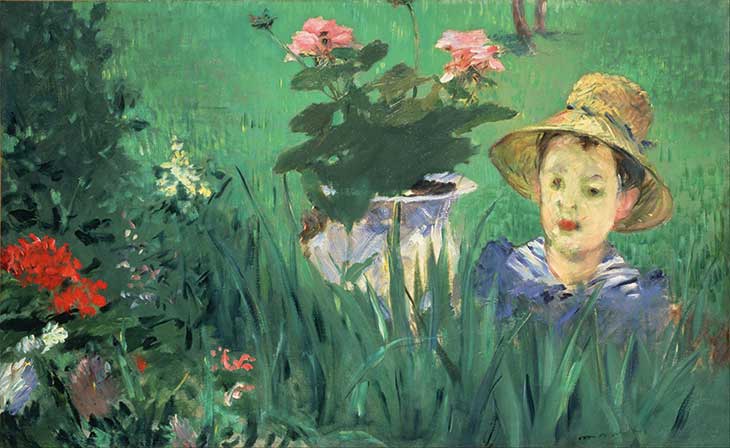
Boy in Flowers (Jacques Hoschedé) (1876/77), Édouard Manet. National Museum of Western Art, Tokyo
It will be interesting, once the Manet of foliage and staging and odd picture planes becomes a more regular part of the conversation, to see how that changes our view of pictures we think we know well. I began to see other ideas about subjectivity and about paint itself emerging in the light of ‘Manet and Modern Beauty’.
‘Manet and Modern Beauty’ is at the Art Institute of Chicago until 8 September. It is at the Getty Center, Los Angeles from 8 October–12 January 2020.
From the September 2019 issue of Apollo. Preview and subscribe here.
Unlimited access from just $16 every 3 months
Subscribe to get unlimited and exclusive access to the top art stories, interviews and exhibition reviews.

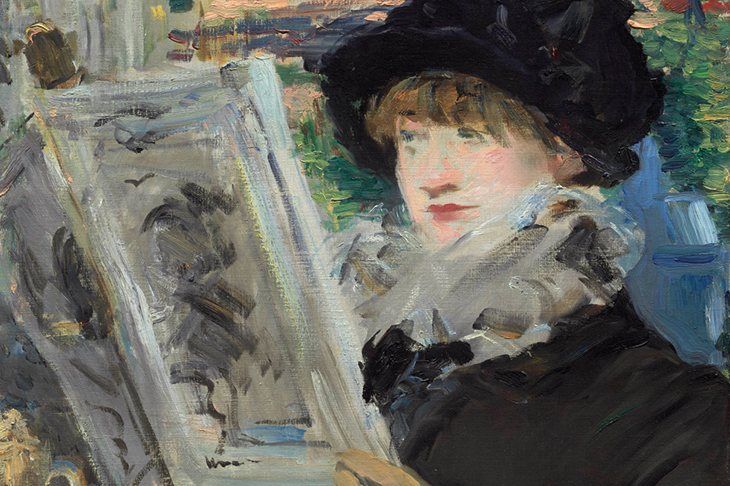
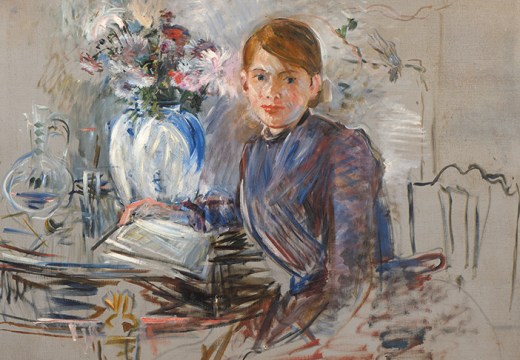
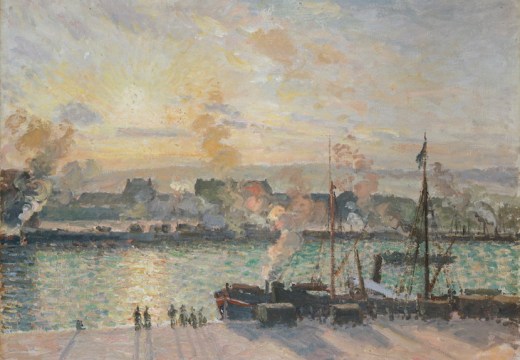
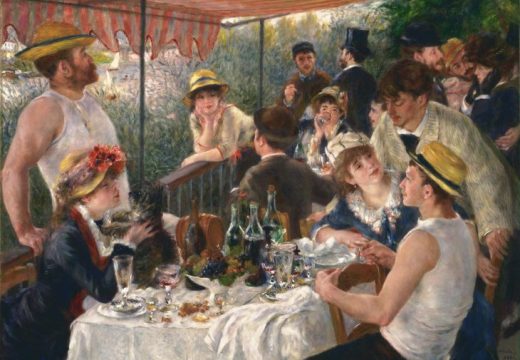









![Masterpiece [Re]discovery 2022. Photo: Ben Fisher Photography, courtesy of Masterpiece London](http://www.apollo-magazine.com/wp-content/uploads/2022/07/MPL2022_4263.jpg)
Has the Fitzwilliam lost the hang of things?